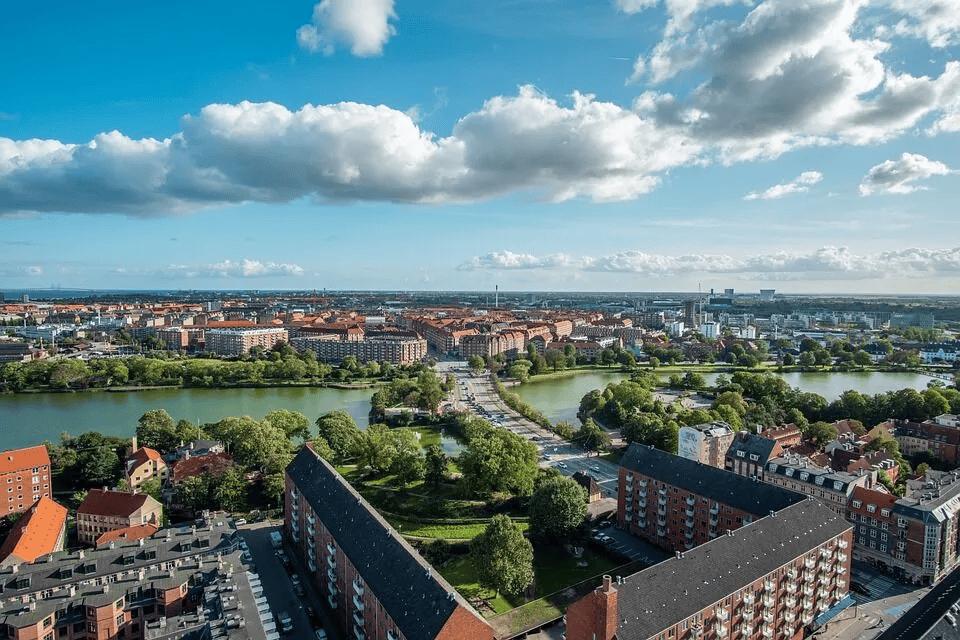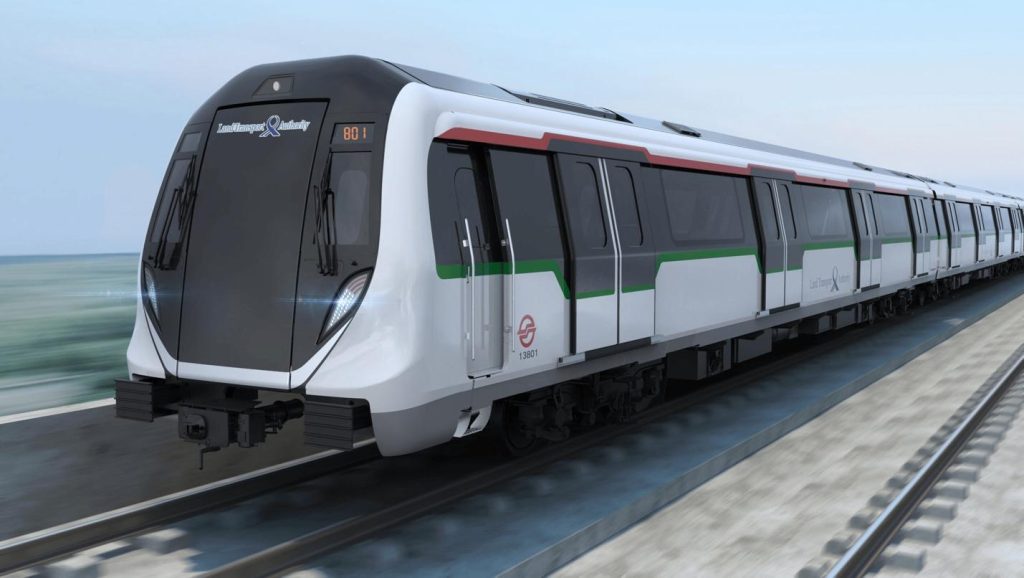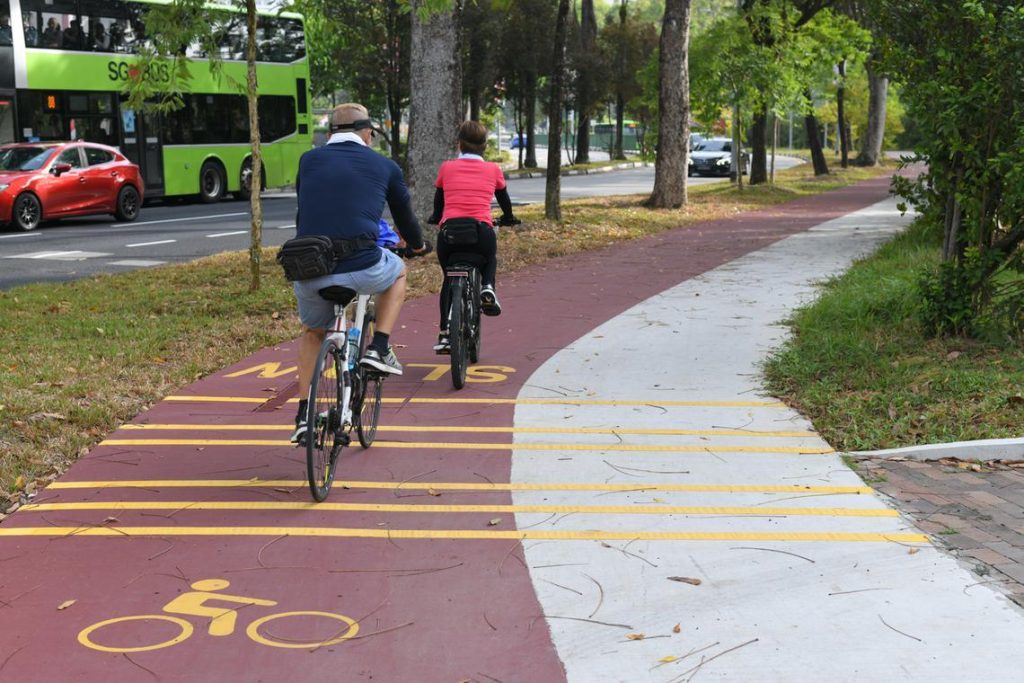Building Sustainable Cities Through Urban Design and Planning: How Can We Extend the Lifeline of Our Planet?
May 5, 2025 2025-05-05 9:55Building Sustainable Cities Through Urban Design and Planning: How Can We Extend the Lifeline of Our Planet?

Building Sustainable Cities Through Urban Design and Planning: How Can We Extend the Lifeline of Our Planet?
By: Amogh Satyajit Atwe
Abstract
By 2050, 68% of the world’s population is projected to live in urban areas, consuming nearly 75% of global energy (Urban Energy | UN-Habitat, n.d.) and generating over 70% of carbon emissions (Executive Summary – Empowering Urban Energy Transitions, n.d.). With no clear decline in sight, the future of humanity will hang in the delicate balance of our urban design and urban planning choices. The mass urban agglomeration highlights the need for innovative and sustainable approaches in both urban design and urban planning as cities become the lifelines of mankind (Cities Have a Key Role to Play in Tackling Climate Change, 2023).
This article will introduce the idea of sustainable cities, cities that are considered the “gold standard”, what their key strategies are, and how rapidly developing cities around the world can implement similar (or identical) measures to decrease further emissions in the future; and develop sustainably.
What does it mean to be a “sustainable city”?
The importance of making cities sustainable is so great that the United Nations (UN) set it as Sustainable Development Goals (SDGs); goal number eleven: Make cities inclusive, safe, resilient and sustainable (Cities – United Nations Sustainable Development Action 2015, n.d.).
Because the UN does not strictly specify what it means for a city to be considered “sustainable,” we will employ a broader definition. A sustainable city is a city that integrates eco-friendly practices, green spaces and advanced technologies to minimise environmental impact, reduce pollution and preserve natural resources (6 Traits of a Sustainable City (With Examples), n.d.). Using this definition, two cities stand out as the gold standard for what it means to be a sustainable city: Copenhagen (Sustainable Cities, 2019) and Singapore (Singapore as a Sustainable City | 6 | Past, Present, And the Future, n.d.).
The Buzzing Capital of Denmark: Copenhagen
With hundreds of kilometres of bike paths, electric ferries and a bold plan to become the world’s first carbon-neutral capital by this year (Calisto Friant et al., 2023), Copenhagen is a great example of building a sustainable city.
To be more specific, Copenhagen is focused on becoming a circular economy, which, by definition, is a model of production and consumption, which involves sharing, leasing, reusing, repairing, refurbishing and recycling existing materials and products as long as possible. In this way, the life cycle of products is extended. This approach contradicts the more linear economic models which are constructed on a take-make-consume-throw pattern.
This is because Copenhagen has a resource consumption per capita that is twice the EU average (Calisto Friant et al., 2023), which leads to excessive raw material and energy usage, and faster waste generation. Copenhagen’s municipal corporation introduced a slew of policies that are supposed to achieve the following:
Control Excessive Energy Consumption, particularly by buildings
Curb emissions produced from Energy Production
Reduce the emissions from the transport sector
The ultimate goal of moving towards carbon neutrality.
Copenhagen employed various methods to achieve its sustainability goals: To address excessive energy consumption in buildings, the city transformed urban energy use through strategic improvements. It enhanced district heating, saved electricity, and collaborated with building owners to retrofit properties. By implementing energy-efficient building standards and supporting the transition from oil heating to cleaner alternatives, Copenhagen effectively reduced carbon emissions and modernised its infrastructure.
To minimise emissions from energy production, the city utilized sustainable biomass and developed advanced district heating and cooling systems (Winter, 2019). It aimed to lower peak load production needs by converting peak and reserve capacity, establishing green town gas, and working on carbon-neutral water supplies and wastewater processing. Additionally, Copenhagen boosted renewable energy by installing onshore and offshore wind turbines and large-scale solar photovoltaic systems. The city also set up materials recovery facilities for waste and implemented biogas solutions for organic household waste while improving sorting rates for household and business waste.
In the transport sector, Copenhagen committed to a fully zero-emission public transport system, including all buses and harbour buses, by 2025. The city also aimed to reduce maritime pollution by providing shore power for cruise ships and creating an environmental zone in its inner basin. Furthermore, it converted non-road construction machinery to lower emissions, enhancing the overall sustainability of urban transport and maritime activities.
Singapore, the city-state at the forefront of the world
One of the most impressive economic growth stories of the last fifty years (Fujii & Ray, 2021) — its rapid development and population boom led to it facing various challenges surrounding its sustainability and liveabilit
Singapore has implemented a wide range of policies and initiatives to combat concerns about its sustainability and liveability across various sectors. These efforts are underpinned by sound long- term vision and planning as well as flexibility in policy implementation.
Being such a small country, the city-state immediately felt the effects of land scarcity. In order to approach this fast-approaching problem, the government employed many tactics revolving around efficient land use and land reclamation. Through horizontal expansion via land reclamation, the city-state has increased its land area from 580 square kilometres in 1965 to 721 square kilometres with plans to reach 780 square kilometres by 2030, despite facing environmental and cost challenges. The government has also explored alternative reclamation methods, such as impoldering.
To address land scarcity, Singapore has promoted vertical urbanism by relaxing storey height limits and facilitating collective sales. The Housing Development Board (HDB) has been instrumental in providing high-rise, high-density public housing with essential amenities nearby.
Additionally, Singapore has focused on improving land use for sustainability and liveability. This includes constructing eco-friendly buildings, such as those featuring Elevator Energy Regeneration Systems and LED lighting in common areas. Incentives like the Landscaping for Urban Space and High-Rises (LUSH) scheme encourage developers to include greenery like sky terraces and roof gardens. The city actively pursues its “garden city” vision, mandating greenery in developments and integrating it into residential and commercial spaces. Community interaction is fostered through better use of public spaces, such as playgrounds and parks. Furthermore, research initiatives like the Land and Liveability National Innovation Challenge aim to find innovative solutions to enhance land capacity and improve living conditions.

Figure 2: Singapore’s LRT
Another challenge faced by the country is the emission by transportation; often when countries rapidly urbanise, cars become the default transport option, like the effects seen in India, among many countries. Singapore adopts a comprehensive approach to managing traffic congestion through push and pull factors. On the push side, the government makes private vehicle ownership and usage more expensive with import taxes, registration fees, road taxes, and the Electronic Road Pricing (ERP) system. The Vehicle Quota System (VQS) also restricts the growth of the car population. On the pull side, significant investments have been made to enhance the public transportation system, particularly the Mass Rapid Transit (MRT) and Light Rapid Transit (LRT) networks, to make it more attractive and reliable for users.

Figure 3 : Bike Lanes in Singapore
To promote active mobility, Singapore improves conditions for pedestrians and cyclists by constructing sheltered walkways, pedestrian overhead bridges, and dedicated bike paths, along with introducing regulations for bicycles and personal mobility devices to ensure safety.
In terms of sustainable transport technologies and policies, Singapore has implemented progressively stricter emission and noise standards for vehicles and fuel quality. Financial incentives encourage the purchase of cleaner vehicles, and the government is actively developing and testing Autonomous Vehicle (AV) technology. The Land Transport Master Plan 2040 aims to create a well-connected, inclusive, and healthier transport network for all users.






